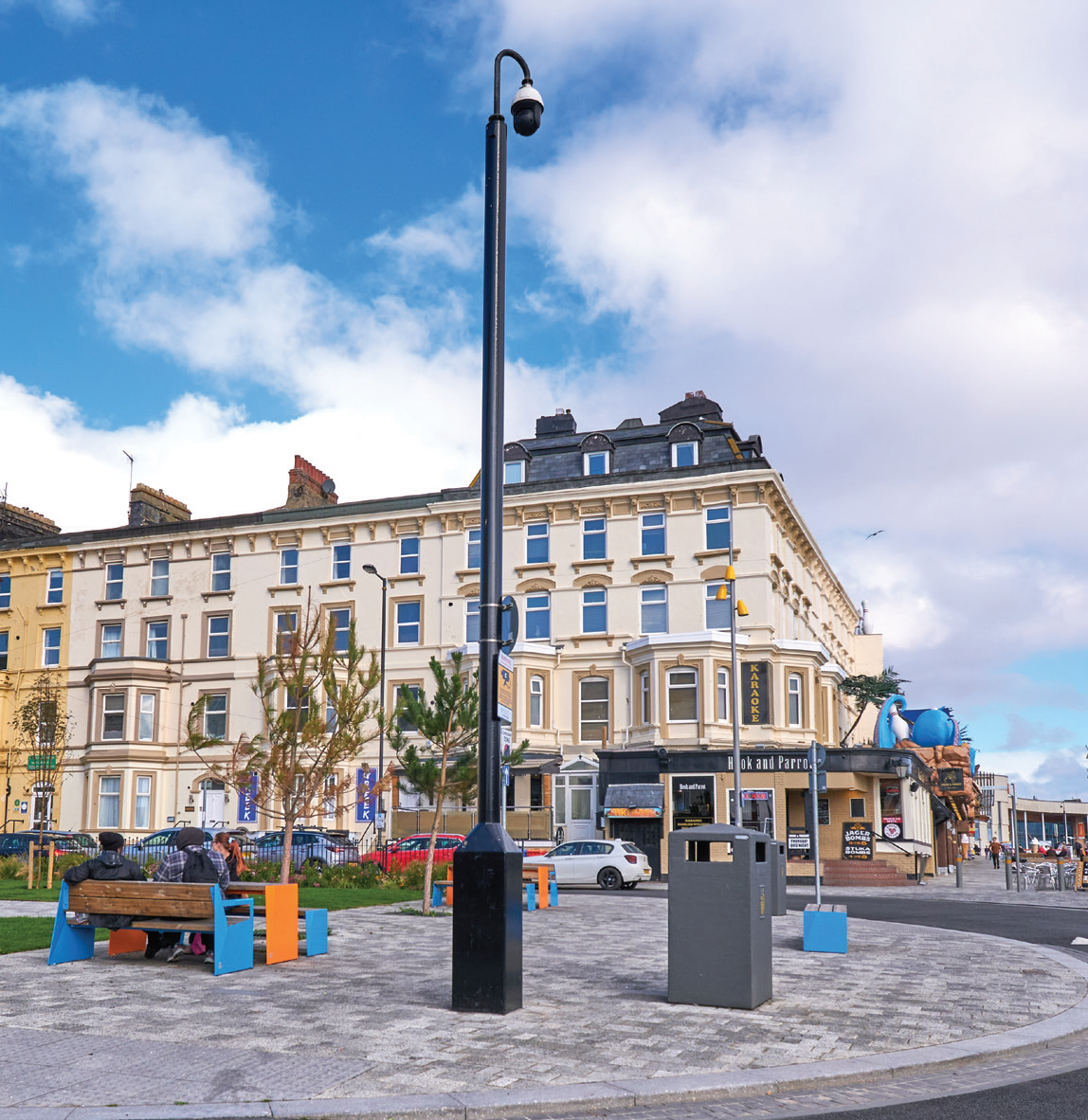

Street lighting is a huge challenge thanks to spiralling energy costs, but a new project aims to make it more efficient and sustainable
Join other savvy professionals just like you at CIHT. We are committed to fulfilling your professional development needs throughout your career
ONE OF THE MOST popular subjects at the regular UK Lighting & Technology Board (UKLTB) meetings is the cost of energy. With different prices all over the country, they all have one thing in common: significant increases over the past two years. For many councils, the cost of street lighting has doubled or even tripled, completely consuming any operational or maintenance budgets.
It’s estimated that there are currently 7.2 million street lights in the UK, which create over a million tonnes of carbon and cost more than £1bn every year. Clearly the sector cannot continue at this pace, either from a financial or a sustainability perspective, and to help relieve these pressures, many councils are considering options such as dimming or switching to part-night lighting.
Dim the light – fantastic
Dimming street lights would mean reducing the lighting level during times when road usage is very low – for instance, dimming lights by 50% between 10pm and 5.30am. Part-night lighting goes one step further, switching the lights off completely during the night, typically between 1-5am. Reducing lighting levels not only lowers energy consumption and carbon costs, but it also increases the life of the street light itself.
Despite this improvement in efficiency, there are concerns that reducing lighting levels will lead to an increase in traffic collisions and crime. However, research has proved that while reducing street lighting has little or no effect on road safety, it does affect the public’s perception of road safety.
Lighting the way
To assess how these specific innovations can be implemented, one of the latest ADEPT Live Labs 2 programmes will look at creating a ‘future lighting testbed’. Led by East Riding of Yorkshire Council, the project will examine the future of lighting for local roads to determine what assets are needed for our future networks and how they can be further decarbonised across their lifecycle.
To examine these future needs, the project will start by gathering data to examine current road trends, such as baseline embedded CO2 levels, lighting levels versus visual perception, the effects of weather conditions, which types of road surfacing materials are better suited for interventions, and the effects of LED headlights on motorist vision. Once this information has been collected and analysed it will create an evidence base for sustained modifications. From this, the Live Labs project will deploy interventions that will challenge the status quo.
At its core, the future lighting testbed will look at how to improve the lighting sector, not just for lighting professionals but for all road users, including cyclists and pedestrians.
The project has the full support of the UKLTB and is receiving input from the Institution of Lighting Professionals and the wider UKRLG. The UKLTB looks forward to working with the Live Labs project and seeing the actions it establishes.

Image of streetlight
{{item.AuthorName}} {{item.AuthorName}} says on {{item.DateFormattedString}}: